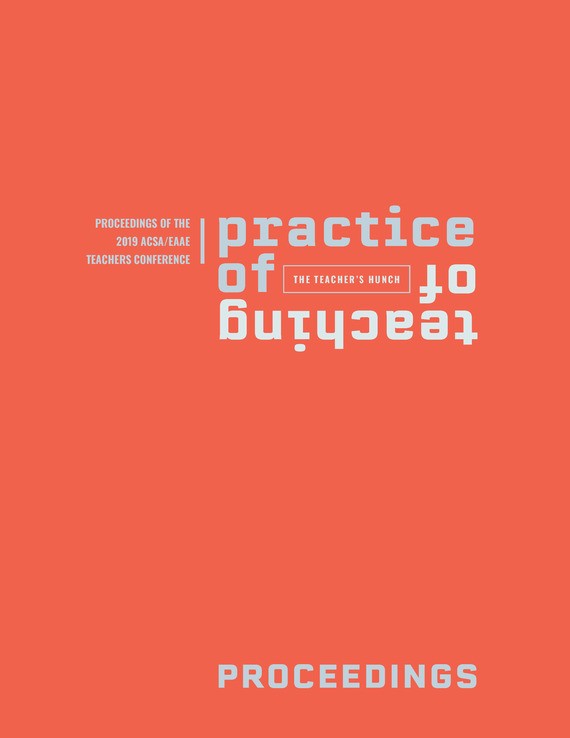Author(s): Elena Rocchi
“I must reflect on the circumstances — on the mystery of circumstances which leads the man into paths which he could never anticipate before they happen. This certainly happened to me because I was to be a painter — without questions about it — until my last year in high school when a course given on architecture just hit me so strongly as something that I wanted to be associated with.” Louis Kahn (1)While immersed in an increasingly pluralistic environment, students’ imaginary follows different tracks than the ones of an academic culture taught by teachers in classrooms. How can teachers enter the complex life cycle of students’ cultural growth? Explicitly, how can they teach the history of contemporary architecture to a generation immersed in the debris of excessive information, with roots in motion over the wreckage of a globalized context?The course “APH 405 — Applied History of Contemporary Architecture” experiments on new ways to teach Millennials history of contemporary architecture expanding on their “experiences” of history. By completing assignments as design actions instead of taking quizzes, students build awareness on the reasons why design cannot disregard its relationship with history. Most architecture students are alienated from the experience of designing architecture: seeing ways architects composed buildings in the past makes history relevant by fostering personal connections. The course’s purpose is to show how to design architecture learning from the past; the goal, to develop divergent thinking necessary in design as the ability to process ideas; and the objective, to avoid the multiple-choice quiz in favor of “designing” answers as drawings and movies.
https://doi.org/10.35483/ACSA.Teach.2019.2
Volume Editors
Richard Blythe & Johan De Walsche
ISBN
978-1-944214-23-4

 Study Architecture
Study Architecture  ProPEL
ProPEL 
